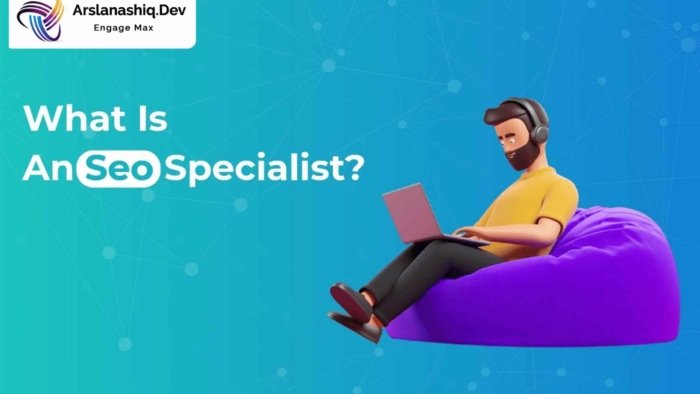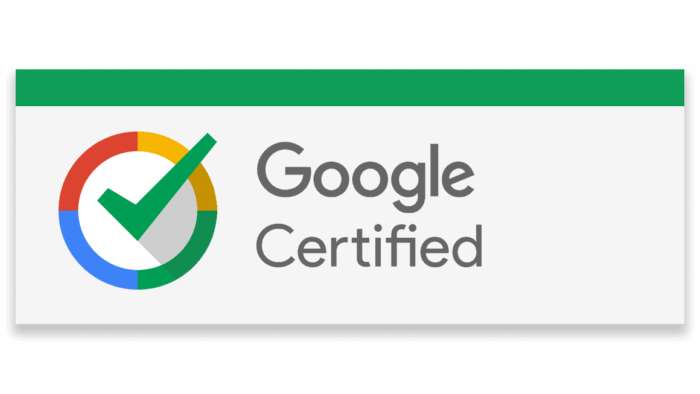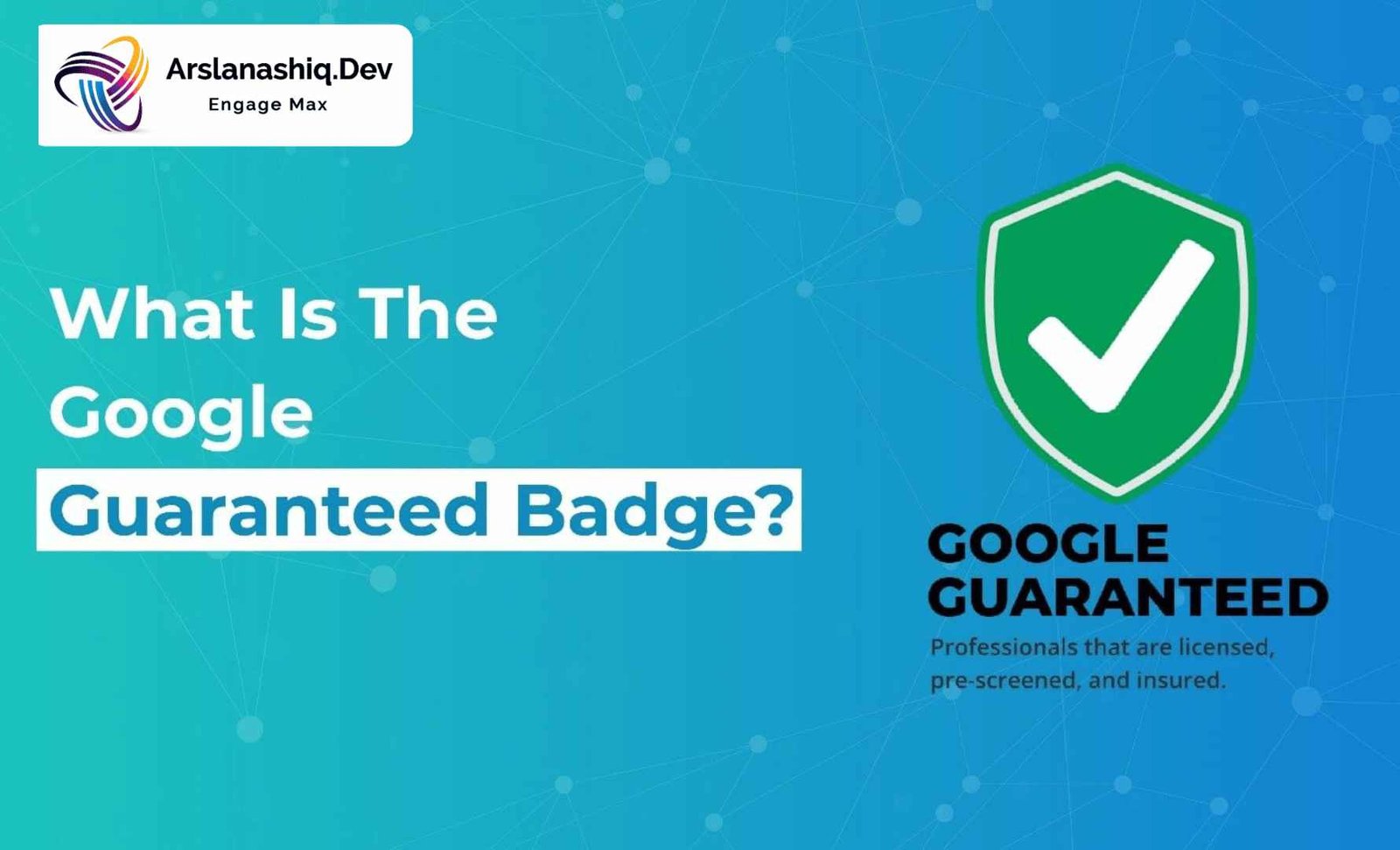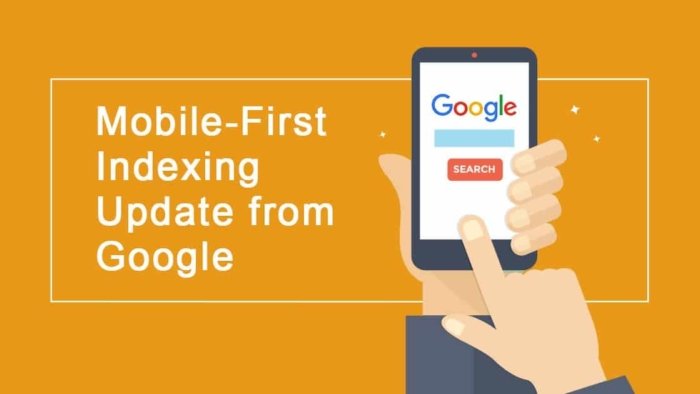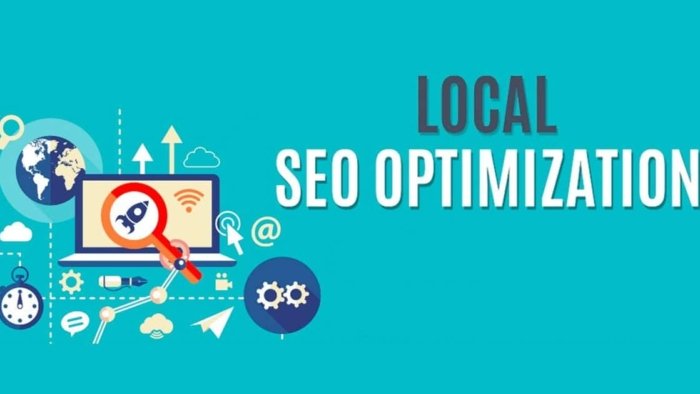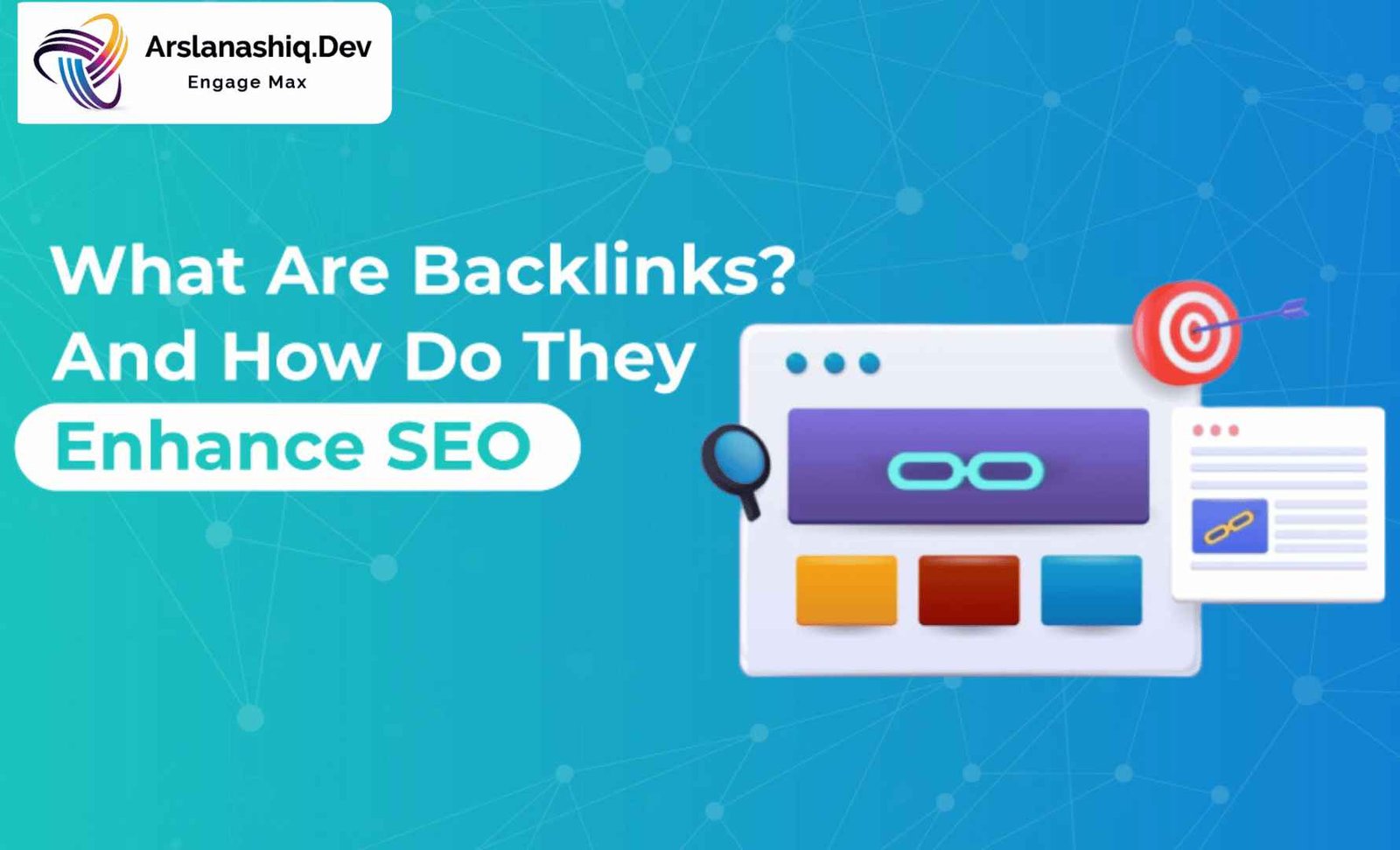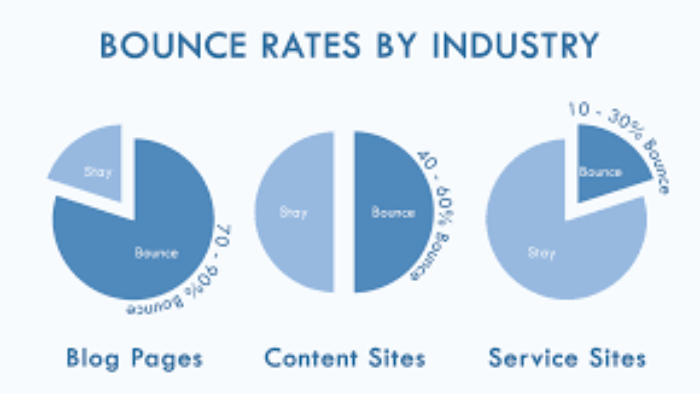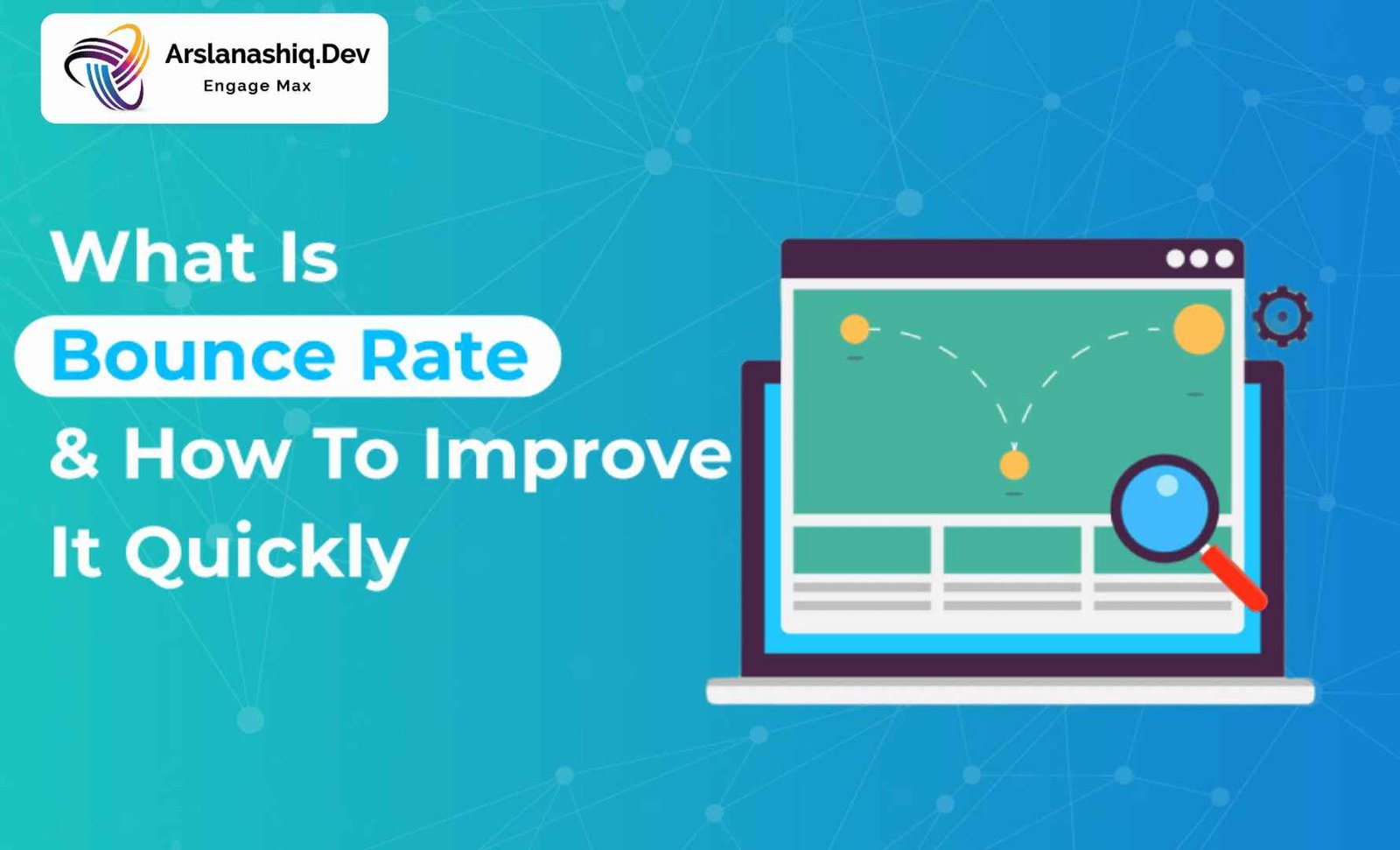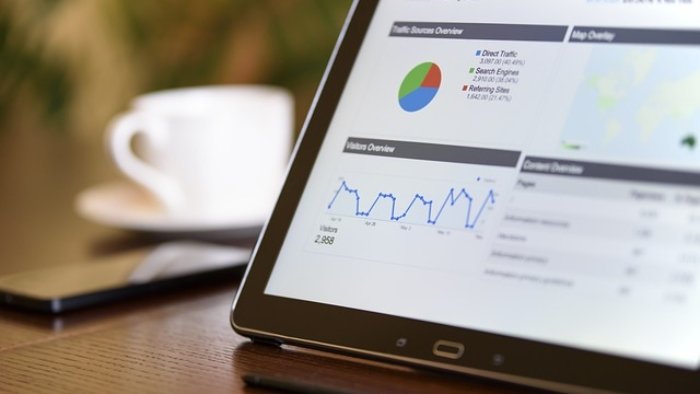
Does your website have ranking pages with organic search traffic potential but missing from your site structure? Or do you have pages that you intentionally left out of your site structure, but Google can still find them? For most websites, the answer is probably yes! Known as orphaned pages, these pages are often ignored when it comes to search engine optimization, despite the help they can provide in improving your website’s SEO performance. Reattaching good orphaned pages to your site structure and blocking search engine bots from low-value ones allows you to use them to their full potential.
If you’re new to the concept and have no idea what orphaned pages are, this article will tell you everything, including what they are, their importance in SEO, how to find them, and ways to incorporate them into your website structure for smart SEO strategy.
What are orphaned pages?
Orphaned pages can be defined as web pages that can be indexed but do not have any internal links. They live outside the structure of the site and, due to the absence of internal links, cannot be accessed from anywhere on your site. This means that these pages have no links or tabs that can be accessed from anywhere on your site, making them much more difficult to find. Still, it’s not impossible, and you can still access orphaned pages in a number of ways. One of the most common ways to access orphaned sites is by referral. For example, if they are linked to another site or if they are linked to a newsletter. If a page is ranking for certain queries, another effective way to reach them can be through organic search. They can also be accessed via redirects if other URLs redirect to these pages. Although it is possible to find and access orphaned sites, it is not a piece of cake and users generally find it difficult to get to these sites, as do search engines. In short, this is not ideal for your website and its SEO. We’ll dive into this more below.

Common reasons for the existence of orphaned pages
Having non-indexable orphan pages is quite normal in some cases, for example for a landing page for PPC (Pay per click) or for a campaign targeting a specific audience. However, in most cases, the existence of orphaned pages is a mistake. They fall through the cracks in SEO audits. Here is a list of reasons why your website might have orphaned pages:
- Bad cleaning:
If you delete a page that linked to an orphaned page.
- Issue tracking
If you lose track of pages and where they are linked when regularly updating your site and performing site migrations.
- Lack of updates
If you leave outdated campaign pages or landing pages long after they become useless and don’t move them to another part of the site, such as an archive page. eg discontinued product pages from past events and limited time sales.
What makes orphaned pages bad for SEO?
For most websites, orphaned pages are a loss. They are not great for users or crawlers.
These pages cannot be opened with a direct link, so users cannot reach them through the natural structure of your site. If any important or useful information is stored on these pages, it will go to waste. Not only will this frustrate your users, but it will confuse the search engine’s ranking algorithm. Simply put, due to the absence of internal links, no authority has access to the pages, and search engines find no relevant or structural context to evaluate where the page fits as a whole. Lacking this knowledge can make it very difficult to figure out which queries a page is relevant to. The most common reasons are:
- Orphaned pages may not (already) be indexed
- Orphaned sites can take up a lot of your browsing budget
- Orphaned pages generally do not perform well
- Orphaned pages can damage the user experience
1. They may not (already) be indexed
If a page is not indexed and no longer links to it, it will not rank or generate organic traffic. On the other hand, its page authority will be drastically reduced and search engines may drop it from the index altogether.
2. They can waste a lot of browsing budget
If your site has a lot of orphaned, low-value pages, it can waste a significant amount of precious crawling budget that could be used to crawl your more important pages and new content on your site. If you have no idea what a crawl budget is, you should know that a crawl budget is the limit of pages that any search engine crawls on a particular website. Google determines the browsing budget by considering the browsing speed limit and browsing requests. With all of this in mind, these orphaned pages can hamper your SEO performance and become a hindrance to your site’s optimal performance.
3. Their performance is generally not good
Even if orphaned pages are found and indexed by search engines, they generally don’t do very well. Links are necessary to communicate authority, relevance and quality to the search engine. Without it, pages are unlikely to rank well and will have little page authority. Including these orphaned pages (again) in your site structure will really help improve your site’s SEO performance. It will work better after getting permission to link flowing from other parts of the site.
4. They can damage the user experience
For an ideal user experience, orphaned pages are not the right choice. They can frustrate your users and cause them a lot of trouble when trying to access them. If they find it organically, the page may have outdated content, such as a past event or sale that has expired. In the worst case scenario, your page may still have valuable and relevant content, and if the user wants to return to it later, they will have to face the difficulty of finding it again via a direct URL.
Also, if you want users to find and go to that particular page, they won’t be able to access it from any direct link or tab on the site. Either way, it will make it difficult for users and hurt their experience.
How to find orphaned pages?
You will need a web crawler to help you find the pages in your site structure. Then you’ll need a log file analysis tool to help you find orphaned pages that aren’t part of your site’s structure. You’ll need both to find all the orphaned pages on your site. Here’s a simple 5-step strategy you can use to identify and address any orphaned pages on your website:
- Get a list of your website’s current pages.
- Find pages with zero internal inbound links by running a web crawl
- Analyze audit results
- Resolve identified orphaned pages Re-audit regularly to identify new orphaned pages
Here is a complete explanation of all these steps:
1) Get a list of your website’s current pages
Since orphaned pages are by definition not linked to any domain page, pointing a crawler to your homepage and expecting it to work is just a waste of time. Instead, you will need to provide a complete list of website URLs for the crawler to crawl, otherwise it will never be able to identify orphaned website pages. Here are some common ways to get a list of URLs:
Through the sitemap
A Sitemap file is usually located at the root of your domain and helps search engine bots understand your site’s content, how often it’s updated, and how to display your site’s content on SERPs (Search Engine Results Pages). Your sitemap is dynamically updated every time a new page or post is added to your content management system (CMS). However, before using this method, you will need to make sure that your sitemap contains a complete list of your pages.
Download a list of site URLs
If the sitemap method doesn’t work for you for some reason, or if your sitemap doesn’t contain a complete list of pages, you can try generating a list from your WordPress CMS (Content Management System). To do this, you can start by installing a lightweight plugin (such as List of URLs) and exporting the list of page URLs as a CSV (Comma Separated Values) file. You can also request a copy of the CMS log from your IT that lists all the pages your visitors have visited. After loading the list into Excel, you will need to filter for unique URLs. Once you have the complete list, put it in your crawl configuration:
2) Find pages with zero internal inbound links by running a web crawl
The second step in the process of identifying orphaned pages is to set up an audit rule to capture pages with zero internal inbound links. Set up a regular crawl to capture any new unlinked pages in the future when configuring an audit. If you are relying on a list of URLs, you will need an updated list from your CMS.
3) Analyze the audit results
After the audit is complete, review the audit results and identify orphaned pages. Determine their goals and perform the following checks:
- Are they driving traffic (referral, paid or social campaign)?
- Do they have quality backlinks or not?
- Are they heavily trafficked through site searches?
Evaluate traffic sources, entry and exit behavior, visits, and page views with a log file analysis tool.
4) Resolve identified orphaned pages
After you understand what an orphaned page is, what purpose orphaned pages serve, and how they help you achieve your web and marketing goals, you can determine what action to take with the page:
- Make it available via a link from other internal pages if it is vital to site visitors and you want them to find it while browsing
- You can archive it if it is no longer needed
- If it fulfills a business requirement that does not require an internal link to the site, leave it as is.
5) Re-audit regularly to identify new orphaned pages
Sites can often become orphaned over time for several reasons and may go unnoticed if you don’t check your site from time to time. Adding new content and forgetting to link to it or accidentally removing links to pages embedded deep in the web structure are some of the reasons behind the creation of orphaned pages. We strongly recommend that you regularly check your site for new issues.
5 To Wrap up
It is important that you have a deep understanding of orphaned pages for SEO and the ideal performance of your website. They can become a hindrance when it comes to search engine optimization. It is Make sure you check your website regularly to find and resolve them if there are any. We hope this guide was enough to give you an idea, but still, if you’re confused, don’t worry because has you covered. Now you can contact us for all SEO related services.


